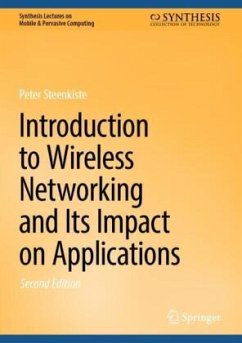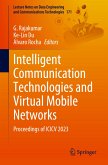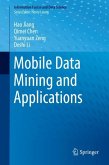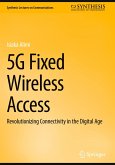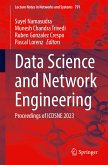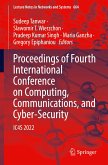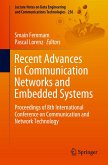This book teaches readers how wireless networks work, why some of their properties impact wireless network performance at the application level, and what both network engineers and application developers can do to cope with these challenges. This Second Edition includes key updates on these topics, which have become increasingly important as internet users rely more and more on wireless access links for diverse tasks such as web browsing, video conferencing, interactive games, and data sharing. The author compares and contrasts wireless and wired networks, explaining that users expect high quality performance regardless of how they access the internet, even though wireless networks are much more difficult to build than wired networks. Structured according to the layers in the Internet protocol stack, the book discusses the challenges involved in building wireless networks and the obstacles that can affect their performance in real-world applications. The author also provides strategies for approaching these challenges and obstacles. This Second Edition incorporates new information on several topics, including WiFi and 5G cellular.
Bitte wählen Sie Ihr Anliegen aus.
Rechnungen
Retourenschein anfordern
Bestellstatus
Storno

